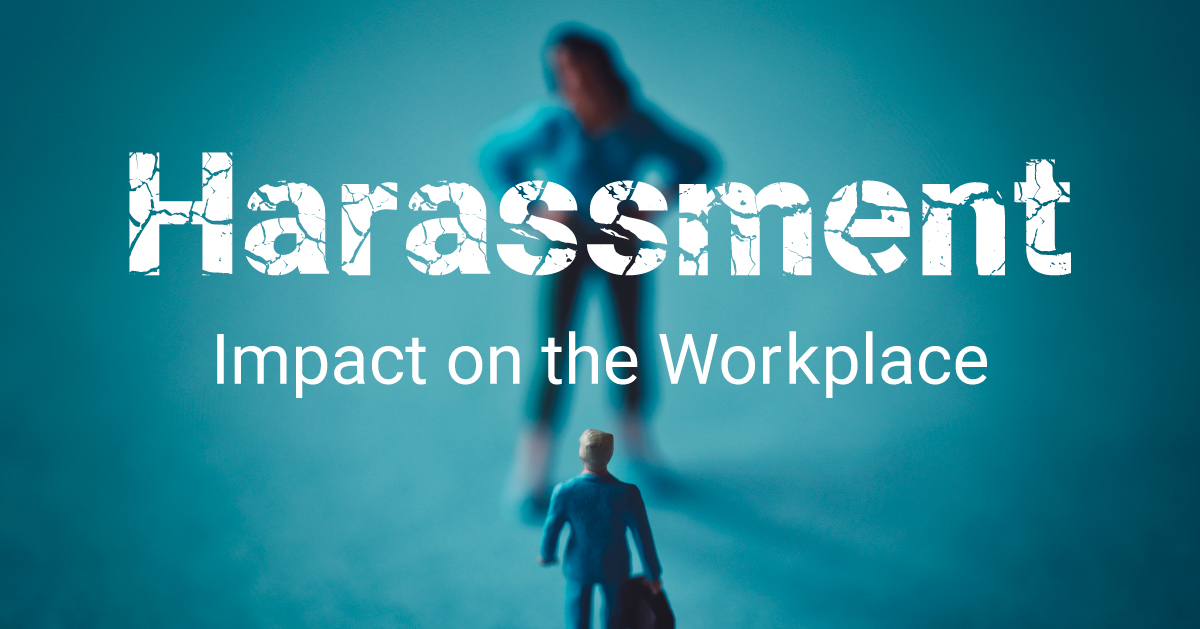What is reverse sexual harassment? Explaining the Problem, Workplace Examples, and Company Prevention Measures

Sexual harassment is generally considered to be an assault by a man on a woman, but it can also be perpetrated by a woman on a man. Such a case in which a male is the victim is called "reverse sexual harassment.
Especially in the corporate world, there is an urgent need to address reverse sexual harassment, as many cases arise from the difference in position between a female boss and a male subordinate.
In this issue, we will explain the basics of reverse sexual harassment, examples of applicable language and behavior, and preventive measures that companies can take. We encourage those in charge of human resources to refer to this article in order to create a comfortable working environment for both men and women.
Contents
- 01What is reverse sexual harassment?
- Meaning of reverse sexual harassment
- The Problem of Reverse Sexual Harassment
- 02Specific Examples of Reverse Sexual Harassment
- Statements about private life
- Highly revealing clothing
- Excessive body touching
- Statements of excessive masculinity
- Teasing about body shape or appearance
What is reverse sexual harassment?

While the term sexual harassment (sexual harassment) is often heard, many people are not familiar with reverse sexual harassment. Therefore, we will first explain the meaning and problems of reverse sexual harassment.
Meaning of reverse sexual harassment
Reverse sexual harassment refers to sexual harassment by a woman against a man. In the workplace, female supervisors tend to be the perpetrators and male subordinates the victims.
Sexual harassment is a general term for sexually harassing words and actions, and is seen as a human rights issue and an act of discrimination on the basis of gender.
Although sexual harassment is inherently applicable to both women and men, the term "reverse sexual harassment" was coined because of the persistent perception that sexual harassment is perpetrated by men against women.
The Problem of Reverse Sexual Harassment
One problem with reverse sexual harassment is that the stereotypical notion that "women are the victims of sexual harassment" has become widespread, making it difficult for men who have been victims to speak up. There are many cases of women engaging in reverse sexual harassment without being aware of it.
It should also be noted that reverse sexual harassment may violate the Equal Employment Opportunity Law. Companies and employers may receive advice, guidance, or recommendations from the Minister of Health, Labor and Welfare if they fail to take preventive measures.
Failure to comply with the recommendation may result not only in a fine, but also in the name of the company being made public, which could damage its image.
Specific Examples of Reverse Sexual Harassment

In order to prevent reverse sexual harassment within a company, it is important for companies to proactively communicate "what kind of words and actions constitute reverse sexual harassment. Here, we will explain specific conduct that falls under the category of reverse sexual harassment.
Statements about private life
Statements about one's private life are a classic example of reverse sexual harassment. For example, "Do you have a girlfriend?" Do you plan to get married? What do you do on your days off?" You need to be careful about such comments.
Even though they are not close to each other, comments that go into private matters unrelated to work may constitute reverse sexual harassment.
Highly revealing clothing
Highly revealing clothing, such as transparent underwear tops, blouses with open busts, and short skirts, may constitute reverse sexual harassment if a man finds it difficult to look away.
Note that even in companies where employment regulations stipulate that men wear suits, there are many cases where women's attire is broadly defined.
Excessive body touching
It is common for both men and women to feel uncomfortable when someone who is not close to them touches their body. Excessive body touching from women to men may be perceived as reverse sexual harassment.
It does not matter whether there is a sexual purpose or not, or what part of the body is being touched. Remind them to maintain an appropriate distance when giving guidance.
Statements of excessive masculinity
Gender-biased statements also tend to be more offensive.
Gender bias refers to stereotypical ideas about gender and is behavior that demands "femininity" or "masculinity. For example, statements such as, "You are a man and you lack physical strength," or "You should show a manly attitude," fall under reverse sexual harassment.
Teasing about body shape or appearance
Making fun of a man's body shape or appearance not only makes him feel uncomfortable, but may be evaluated as reverse sexual harassment.
"Have you gained weight lately?" Have you gotten grayer?" and "Have you gained any gray hairs?
What companies can do to combat reverse sexual harassment

Finally, here are some tips on how companies can deal with reverse sexual harassment. If reverse sexual harassment and other forms of harassment become the norm, employee motivation may decline, leading to poor performance and an exodus of talent.
To prevent such situations, companies should take measures against harassment in advance and inform their employees about them.
Clarify policy against reverse sexual harassment.
First, it is important for the top management of a company to send out a message that they will not tolerate conduct that constitutes reverse sexual harassment and to clarify the policy for dealing with such conduct.
Some men find it difficult to come forward and say that they have been the victim of reverse sexual harassment, so having a company policy in place makes it easier for them to feel comfortable discussing their concerns.
It is effective not only to send out the information by e-mail or internal newsletters, but also to clearly state the response in the employment rules or collective labor agreement. If a case of reverse sexual harassment actually occurs, deal with it strictly within the rules.
It will clarify what disciplinary action will be taken for unacceptable behavior, and will help to inform and deter reverse sexual harassment.
Establish a consultation service
It is a good idea to set up a contact point that employees can feel free to consult and encourage the use of in the event of a suspected case of reverse sexual harassment.
Without a place to consult, employees may make their own judgments about whether or not a situation constitutes reverse sexual harassment, and by the time the company is aware of the situation, the damage may have been done. Ideally, a specialist such as an industrial physician should be stationed at the company.
When setting up a consultation service, take measures to protect the privacy of the person consulted and the perpetrator, and make this known to the public. If there is a concern that the fact or the content of the consultation will be leaked within the company, employees will be less likely to use the contact point.
If it is difficult to handle the situation in-house, one option is to use an outside harassment consultation service. External consultation services are provided by public institutions as well as law firms with social insurance labor consultants, administrative scriveners, and lawyers. Some people may find it easier to consult with these services than with in-house counseling services, which can be effective in preventing problems from occurring.
Conduct harassment prevention training on a regular basis
Harassment prevention training is a training program designed to provide correct knowledge about harassment and to prevent harassment in the workplace. Regular implementation of this program is expected to raise awareness of harassment throughout the organization and improve the workplace environment.
We recommend the use of an e-learning system for developing harassment training programs. e-learning systems are systems that collectively create and distribute teaching materials, manage participants, and accumulate and analyze data.
Compared to outsourcing, it is easier to optimize the training content for your company, and higher effectiveness can be expected.
Let's make the workplace a comfortable place to work for both men and women by taking measures against reverse sexual harassment.
Although sexual harassment is often perceived as an assault against "men to women," there is also reverse sexual harassment against "women to men. Compared to general sexual harassment, it is less well recognized, and some employees may be reluctant to speak out.
For in-house elearning courses, learningBOX will help you effectively.
learningBOX is a cloud-based elearning platform
and you can easily build training courses online.
Created content will be delivered to employees and you can track their learning progress.
and contents, etc., are available free of charge, and we encourage you to make use of them for your in-house training. Take proactive measures to prevent reverse sexual harassment and create a comfortable working environment for both men and women.
▼You may also like:
Back to Contents


-
Discover rich featuresService Guide
-
Feel free to contact usGet in Touch
-
Try our Free PlanTry Free Plan










